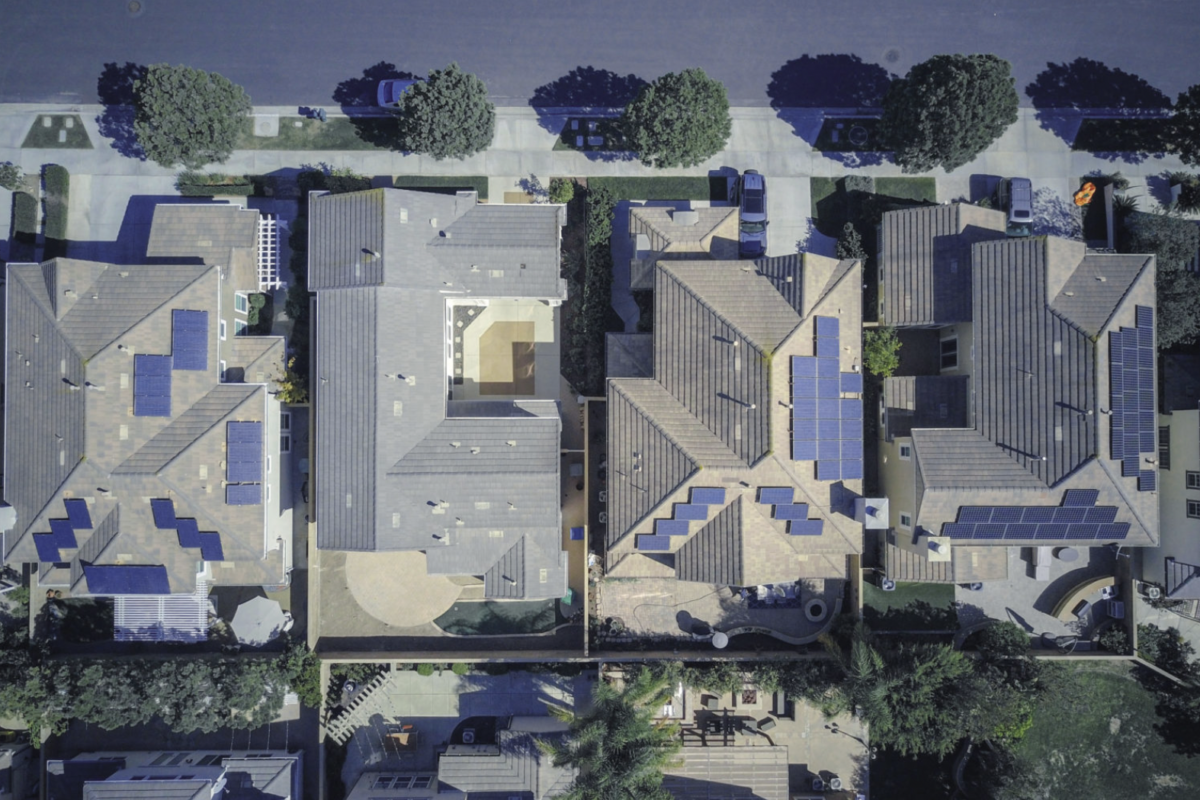Researchers from the Italian Ministry of Environment and Energy Security and the Polytechnic University of Turin have developed a novel model to estimate the hydrogen production cost as a function of the plant’s component sizes.
“The objective is to extend beyond the analysis of a specific case study and provide broadly applicable considerations for the optimal design of green hydrogen production systems,” said the researchers, noting that they carried out the investigation was carried out for four production scenarios – PV power-only, wind power-only, solar-wind hybrid production, and hybrid production with battery storage. “A sensitivity analysis on investment costs for the power-to-hydrogen technologies is also conducted to explore various technological learning paths from today to 2050.”
The simulation is based on capacity factors from 2016 in Italy, which was identified as the most typical reference weather year for the country. In the proposed scenario, the capex was assumed at €650 ($699)/kW for PV, €1,120/kW for wind, €306/kWh for battery storage, and €1,188 €/kW for the electrolyzers.
“The sensitivity analysis covers size ratios from 0.5 to 8 and battery autonomy values from 0 to 6 h, ensuring the identification of the point with the minimum levelized cost of hydrogen (LCOH),” they explained. “Through this analysis, the trends of the energy and economic indicators as a function of the design ratios are achieved, and the cost-optimal design point (minimum LCOH) is determined.”
Through their analysis, the scientists found the LCOH for the PV-only configuration is €5.11/kg and is achieved with a PV ratio of 2.2. That means the PV-rated power should be 2.2 times greater than the electrolyzer-rated power. For the wind-only scenario, the LCOH was estimated at €5.76/kg, with a 2.8 ratio.
“The optimal hybrid solution is characterized by a lower LCOH value (€5.04/kg) compared to the PV-only and WT-only configurations, and the optimal size ratio is 1.6 for both PV and WT,” they further explained. “The introduction of a battery storage turns out to be not convenient from an economic point of view, in terms of LCOH.”
In a further step, the researchers repeated the simulation with assumed capex for 2030 and 2050 scenarios. In their 2030 scenario, the capex was €450/kW for PV, €1,040/kW for wind, €175/kWh for battery storage, and €701/kW for electrolyzers. The capex in 2050 were €350/kW, €960/kW, €131/kWh, and €314/kW, respectively.
“The optimal PV ratio decreases from 2.2 in the current scenario to 2.1 in 2030 and 1.9 in 2050,” the results showed. “The cost of hydrogen production also decreases from the current to the future scenarios. Specifically, the LCOH, which is equal to €5.11/kg at current technology costs, drops to €3.28/kg in 2030 and €2.04/kg in 2050.”
For the future wind scenarios, the ratio decreases to about 2.4 in 2030 and 1.9 in 2050, with prices declining to €4.69/kg and €3.71/kg, respectively. For the hybrid case, the wind ratio decreases to zero in the 2030 and 2050 scenarios, while the PV ratio rises to 2.1 in 2030 and drops to 1.9 in 2050 to compensate for the absence of wind power. The LCOH decreases to 3.28 €/kg in 2030 and 2.04 €/kg in 2050.
“It is essential to provide industrial users and stakeholders with guidelines on properly size new power-to-hydrogen plants,” the academics concluded. “Given the high cost of the technologies involved, the design should aim for a cost-optimal layout in order to minimize the hydrogen production cost and enhance the competitiveness of low-carbon hydrogen in the market.”
Their findings were presented in “Design of hydrogen production systems powered by solar and wind energy: An insight into the optimal size ratios,” published on Energy Conversion and Management.
This content is protected by copyright and may not be reused. If you want to cooperate with us and would like to reuse some of our content, please contact: editors@pv-magazine.com.



By submitting this form you agree to pv magazine using your data for the purposes of publishing your comment.
Your personal data will only be disclosed or otherwise transmitted to third parties for the purposes of spam filtering or if this is necessary for technical maintenance of the website. Any other transfer to third parties will not take place unless this is justified on the basis of applicable data protection regulations or if pv magazine is legally obliged to do so.
You may revoke this consent at any time with effect for the future, in which case your personal data will be deleted immediately. Otherwise, your data will be deleted if pv magazine has processed your request or the purpose of data storage is fulfilled.
Further information on data privacy can be found in our Data Protection Policy.